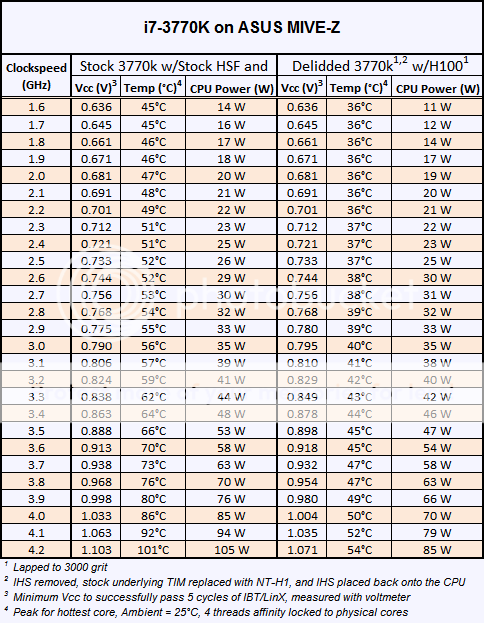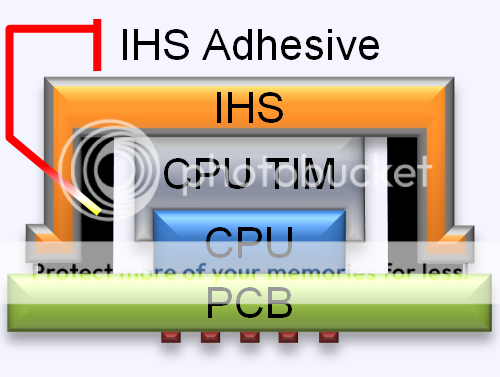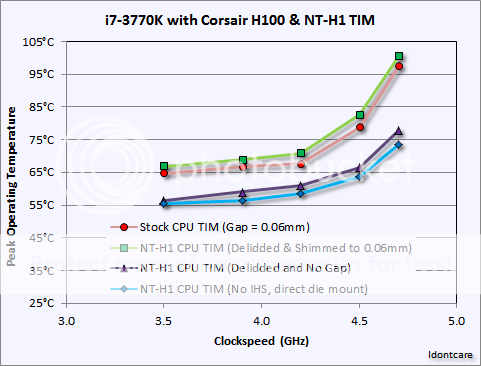excellent posts IDC.
Wouldn't the surface area for static leakage increase since the finfet, increases the surface area around the drain? Also I am not sure how much the doping has changed in between 32nm and 22nm, which may be part of the static leakage non-increase.
I am surprised by the large drop in activation energy decrease ~30%. Granted the field-effect enhancement dropped significantly, thus the overall e^x value is approximately the same.
In future shrinks, it appears to me that the activation energy will drop even more and there won't be a large enough decrease in the field-effect enhancement to compensate thus there will be an increase in static power consumption in the 14nm shrink.
But then again I don't have an EE degree, just a biochemist who doesn't need to know much math so I am making assumptions for trends to occur to 14nm. It really does appear around 5-10nm will be a hard limit for CMOS shrinkage.
I would assume at that point static leakage will be a major issue and everything not in use will have to be voltage gated but they probably are nowadays anyway.
The "effective area" is difficult to relate to the inclusion of finfets because it is an "effective" or "equivalence" metric. It includes the BEOL (wires) as well as stuff leaking in and around the transistors combined with the substrate leakage.
The way to think of the "B" term is that it represents a value that comes from a weighted summation over all the leakage elements present in the IC, billions of them.
The same with the activation energy and the field-enhancement leakage, the values extracted from the data are just average values derived from the ensemble of billion of leakage points in the IC, each with their own activation energy and field enhancement effect, so what we are basically looking at is where the average values of the system has changed to.
The leakier components are going to dominate the parameters unless the weighting for them is very small.
I'm thinking the reduction in both activation barrier and field-effect leakage is a one-time offset that occurred because of the transition to finfet, meaning I'd expect Intel's 14nm to have essentially identical activation barrier (same dielectric materials) but higher field effect leakage (narrower dielectric spaces between the wires).





